The Two-Bedroom Apartment in Jersey That Had Its Own Chinese Art Collection
Some 5,000 items filled Paul Singer’s apartment, now 63 go on display
![]()
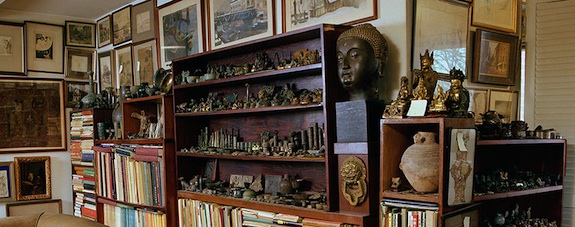
Paul Singer’s apartment in Summit, New Jersey, 1997. Photo by John Tsantes
Meticulously arranged by material and date, thousands of pieces of Chinese art filled every nook and cranny of Paul Singer’s two-bedroom apartment in New Jersey, a home that he kept until his death in 1997. A psychiatrist by profession, Singer earned the nickname “Mr. Miniature” for his dedication to collecting material culture big and small, from swords to ancient hairpieces.
Once Singer met Dr. Arthur M. Sackler, his passion found a home and a sponsor. Sackler, who is one of the founders of the Smithsonian’s vast Asian art collection and who is the namesake for one of its museums, gave the collector an annual allowance so that he could continue his collecting passion. With the understanding that his collection would eventually make its way to the Sackler Gallery, Singer was able to expand his treasure trove.
Now, the collection of porcelain, lacquer, bronze and more, gets a bit more elbow-room outside its former Summit, New Jersey, residence. From the some 5,000 objects Singer acquired, 63 works representing thousands of years of history have been selected for the exhibit, “One Man’s Search for Ancient China: The Paul Singer Collection,” which opened recently at the Sackler.
Curator J. Keith Wilson says that after the collection arrived following Singer’s death, a new scholarship was realized, filling out gaps in the understanding of Chinese art history. “In addition to the scores of recognized monuments—what many would consider ‘beautiful objects’—the Singer collection includes hundreds and hundreds of things that are more ‘archaeological’ in character,” Wilson says. A lacquer cosmetic box filled with combs and human hair pieces represents a common item found in elite burial sites, but something often left out of institutional collections.
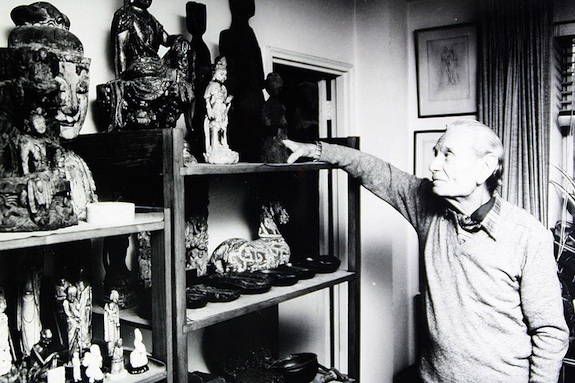
Paul Singer in his apartment in Summit, New Jersey, 1990s. Courtesy of the Sackler
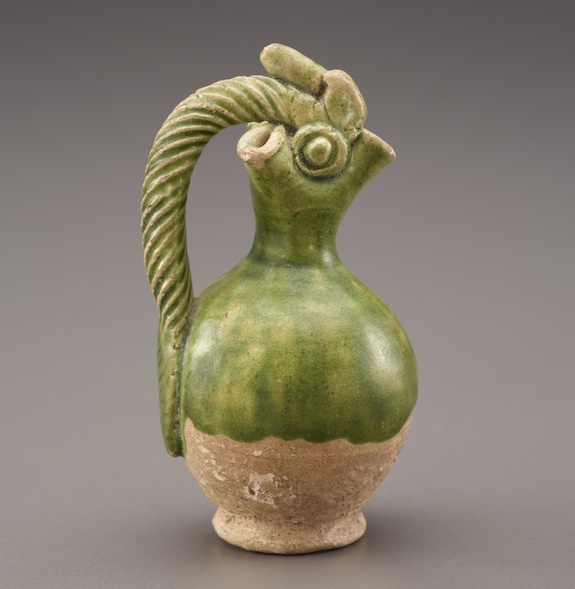
Miniature cockscomb ewer from the Liao dynasty, 11th century BCE. Courtesy of the Sackler
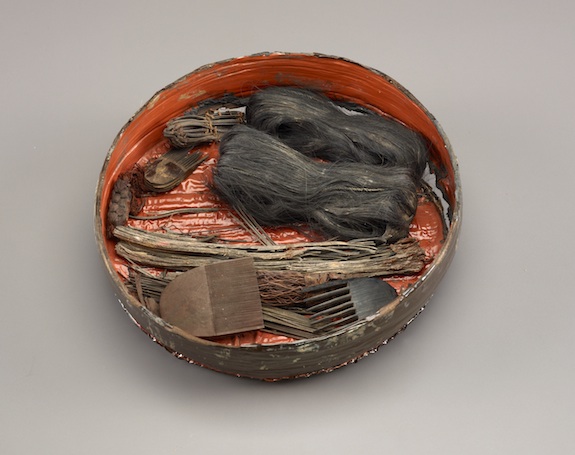
Contents of a lidded cosmetic box from the Eastern Zhou dynasty-Western Han dynasty, 3rd-2nd century BCE. Courtesy of the Sackler
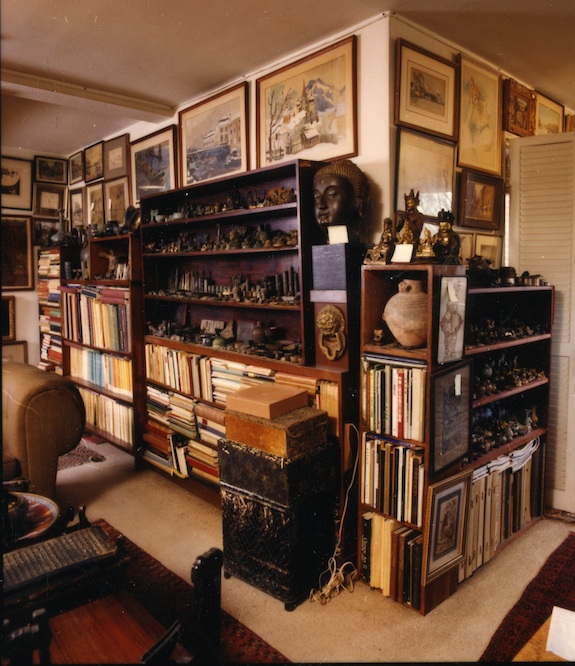
Another view of Singer’s studiously organized apartment. Courtesy of the Sackler
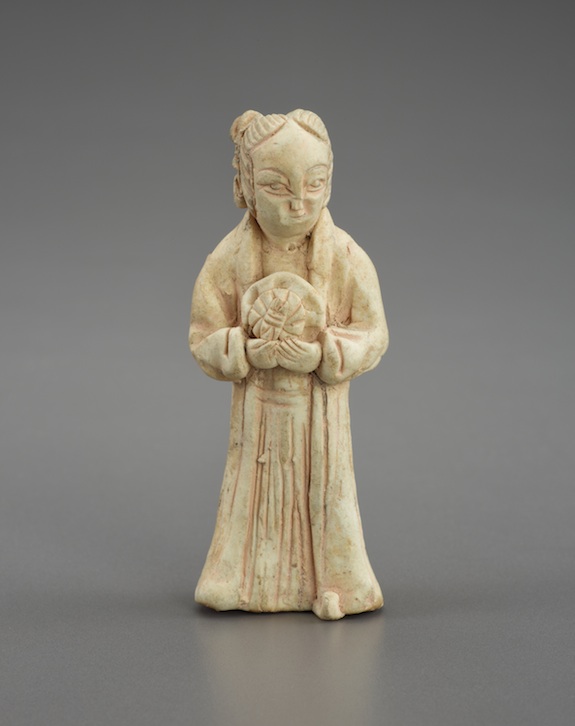
Miniature female attendants from the Northern Song dynasty, 11th-12th century BCE. Porcelain miniatures liked these earned Singer the nickname, Mr. Miniature. Courtesy of the Sackler
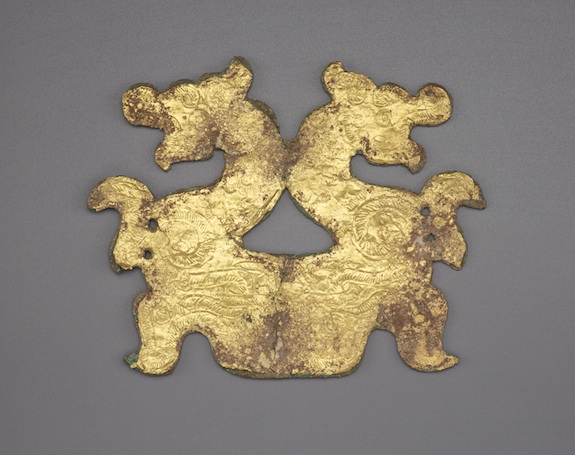
Bronze with gold foil plaque of mirror-image dragons from the Eastern Zhou dynasty, 6th-5th century BCE. Courtesy of the Sackler
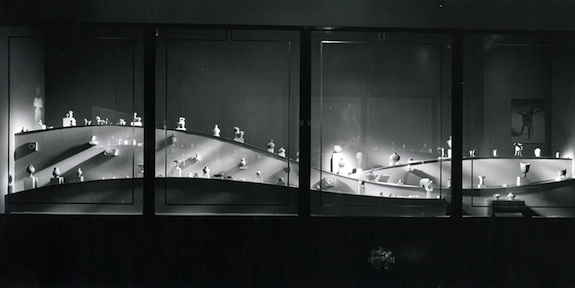
Objects in Early Chinese Miniatures, an exhibition Singer organized for China Institute in America, New York City, 1977. Many of the objects from his personal collection have never been exhibited before. Courtesy of the Sackler
“One Man’s Search for Ancient China: The Paul Singer Collection” will be on view at the Sackler Gallery through July 7, 2013.
/https://tf-cmsv2-smithsonianmag-media.s3.amazonaws.com/accounts/headshot/Leah-Binkovitz-240.jpg)
/https://tf-cmsv2-smithsonianmag-media.s3.amazonaws.com/accounts/headshot/Leah-Binkovitz-240.jpg)